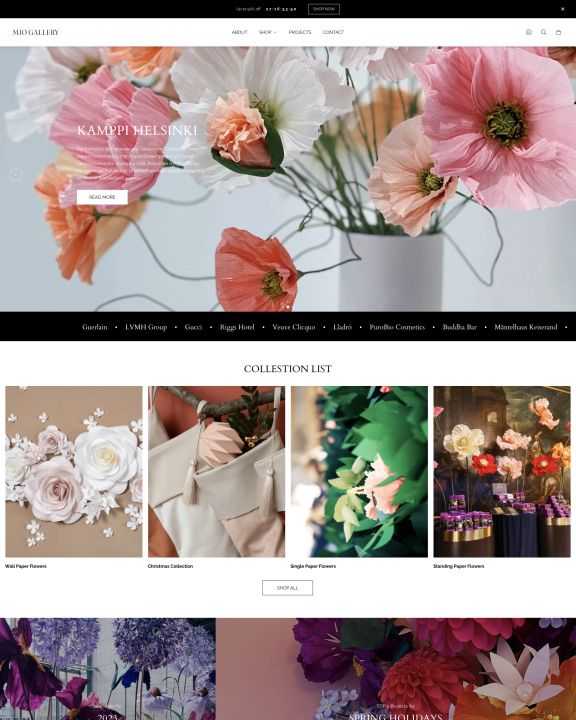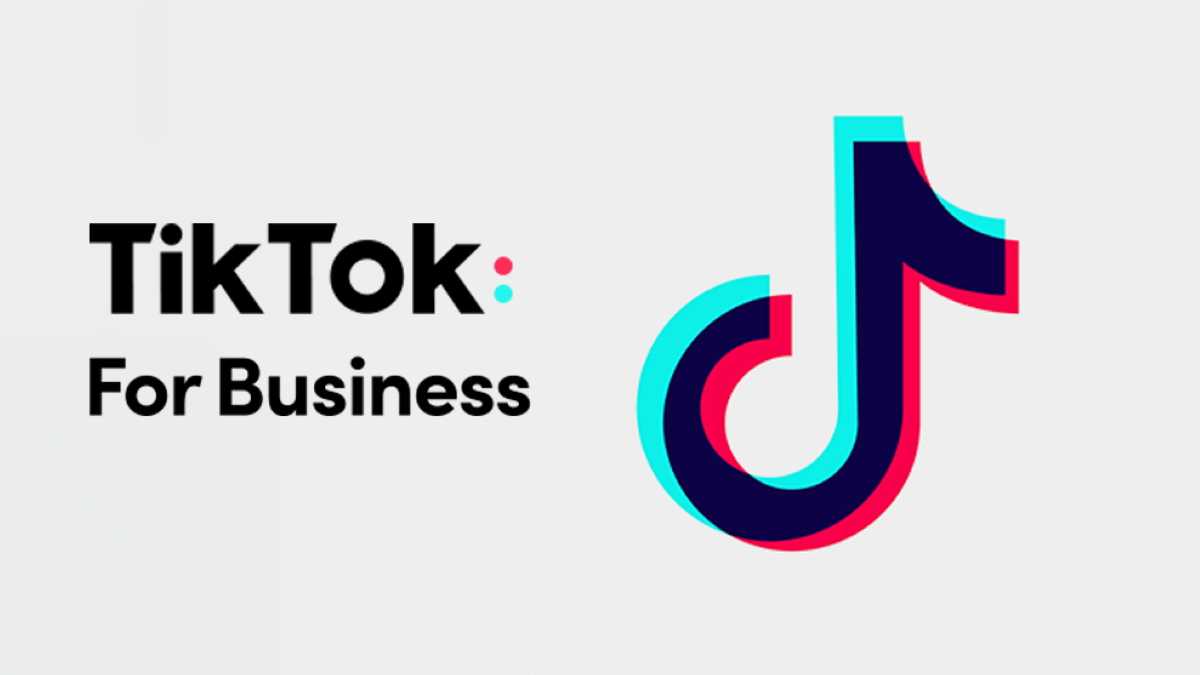Metafields sound technical, but with a bit of time they can be simple to understand. At the core, they’re about adding additional information into your admin or storefront that doesn’t come standard across Shopify’s platform. Many businesses have specific needs that are unique to what they sell, their customers and their business goals. We created Metafields to help you customize and manage the information you need to grow your business to match your ambition.
While metafields are easy to understand, creating a metafield strategy and taking the time to deploy it effectively can be time consuming. That’s where you come in. As a Shopify partner, you can help guide metafield strategy and / or put it into action.
Ultimately, Metafields are about sharing the right content with the right audience in the right context. They offer a simple, flexible way to build a personalized storefront and deliver experiences that delight new and returning customers—and keep them coming back for more. You can also help your clients use Metafields to organize your back office operations by centralizing data like customer details, shipping information, and inter-departmental notes. The best part? You can deliver all of these benefits without writing any code. With just a few clicks, you can create and reuse customized data-collection fields, and add them to your admin or to your online store, without touching a line of code.
With Metafields, all of your store’s unique data —whether it’s related to customer birthdays, care instructions, material lists, or the packaging requirements for orders—has the potential to become actionable insights for any ecommerce business.
Read on to explore how two organizations are using Metafields for easy, reusable data collection and management. These merchants implemented metafields on their own, but these examples illustrate just how big of an impact metafields can have on a business.
La Boutique MOSO
La Boutique MOSO is a French retailer offering cosmetic and hygiene products. With both a physical store in Paris and an online shop, the company sells almost 3,000 products from 50 different beauty brands, including organic and natural products with sustainable packaging. A lean and nimble company, La Boutique MOSO is led by co-founder Jean-Baptiste Lainé, who also oversees the store’s online development efforts.


“With Metafields, we can have much better content on our online store, and we can scale our store much more easily because everything is structured in a way that allows us to add products and brands a lot faster, with the same consistency, and the same level of quality across the entire catalog,” Jean-Baptiste shares. “So for us, Shopify is becoming not only one of the best ecommerce platforms, but it’s also becoming a full-featured content management system.”
Shopify’s Metafields also extend the search and discovery aspects of the store. By adding Metafields to products, and creating new filters in the Shopify admin, it opened a world of filtering options for shoppers. The Metafields act as a type of tag system, classifying product types into easily sortable categories using the storefront’s search feature.
“If you go to any collection with a lot of products, you can use Metafields now to filter the products,” Jean-Baptiste explains. “For example, you can filter the products based on your type of skin, you can filter the products based on your skin problem. You can filter the products based on their certification, whether they’re made in France or not, whether they’re certified organic or not, and even whether the packaging is sustainable or not.”
Metafield Lists
Use Metafield lists to show multiple pieces of content in one metafield, for example a list of ingredients. You can also use lists for more powerful storefront filtering–all through the admin without any coding. Learn more at the Shopify Help Center.
As an added benefit, Metafields helped improve La Boutique MOSO’s SEO search results and conversion rates. Jean-Baptiste discovered that Google’s search engine crawls content stored in Shopify’s Metafields and shows results based on Metafields criteria.

La Boutique MOSO also turned to Metafields after experiencing slow page-load issues with its initial loyalty program, built through a third-party application. The original application was bloated with unnecessary features, causing extreme lag times for product page loading and negatively impacting the online shopping experience. Jean-Baptiste and his team needed a different way to build La Boutique MOSO’s loyalty program that improved the site speed while offering a personalized experience that fosters long-lasting customer relationships.
The solution to their challenge was simple: Why not build the loyalty points within the Shopify platform they were already using for the online storefront? In a more advanced application of these features, Jean-Baptiste’s development team used Metafields to build the new loyalty point program, capturing customer loyalty point data inside a customer metafield. This also made it easier to streamline back-office operations by centralizing customer and purchasing data in one place.

La Boutique MOSO gained many benefits from revamping their customer loyalty program data collection with Metafields, both for the customer experience and operational efficiencies, including:
- Faster product page building and loading speeds
- Enhanced online loyalty program experience for customers
- Easier back-office access to and integration of customer data
The new loyalty program driven by Metafields is fast, simple, and fully integrated across the online store. Building customer loyalty points into a customer metafield leverages the flexibility of the Metafields feature and allows customers to easily access their loyalty points in multiple ways, including on their user account, within an email from the store or anywhere else the customer metafield is placed.
“For us, it is a game changer, the Metafields. The products are doing much better. If the Metafields are properly structured and properly filled, we know that the product page has a much better conversion rate.”
Through the proper use of classifying products and migrating that data to Metafields, the storefront’s administration and development was streamlined. “It’s very easy to add a metafield or to add the classification without having to think about all the impact,” says Jean-Baptiste. Organization is easier through the admin sections of a Shopify store, and it’s easy to manage and create new catalogs.
To learn more about how your storefront can make the most of Metafields, look out for our next use case or visit our Metafields Help Center. Happy (Meta)fielding!
From: https://www.shopify.com/partners/blog/made-with-metafields-part-1?utm_source=exacttarget&utm_medium=email&utm_campaign=blog&utm_content=partner_blog-2022-08-10

